People and their Pasts. Public History Today
People and their Pasts. Public History Today Palgrave Macmillan 2009 (edited with Paul Ashton)
This international collection arose from one of the many Public History conferences I have organised. There are three broad themes: The Making of History, Presenting the Past in Place and Space, and Making Culture, Memory and Public Histories.It is about the ways in which people use their own pasts to make sense of the world and create their own histories. The topics include museums, monuments, re-enactment, family history and memory.
I am pleased that the reviews appreciated what we were trying to do and love the cover photo by Julian Germain which has resonances on so many levels…
Extracts from reviews:
‘Drawing on the debates that were driven by the History Workshop movement, and which have been associated in Britain with the work of Raphael Samuel, Ashton and Kean dissect the ownership of the past, challenging the assumption that cultural authority about the past belongs solely to the professional historian…One of the most interesting recurrent themes of the collection is the interrelationship between national, state or élitist versions of the past, and the ways in which individuals and smaller social groupings remember and imagine the past, often privileging the personal over and above abstract notions such as nation and patriotism… it provides a thought-provoking starting point for an engaged debate with and within the historical profession about what it is we do.’ Lucy Noakes English History Review
‘The anthology’s greatest success lies in its careful mapping of the theoretical and practical terrain of public history … its chapters demonstrate a variety of methods relevant to the practice of public history, particularly as approached by practitioners in the West.’ Erin Jessee Oral History Forum d’histoire orale
‘This book will be particularly useful in public history courses at both the graduate and undergraduate level, but its essays hopefully will serve also as guideposts for people interested in learning more about the many ways in which we all create and experience the past.’ Professor Christopher Castenada of California State University, Sacramento, Public History Review
‘The over-riding success of this volume is that it carefully avoids answering the outright question, “what is public history?”, by skilfully answering a far more appropriate and interesting one: “what does public history look like?” By presenting a series of case studies concerning what public history actually is. Or perhaps more accurately, what it is that the public historian actually does, the reader is left with a much more nuanced understanding of the possibilities of the field…” ‘Adam Gutteridge, Institute for the Public Understanding of the Past
‘[The collection] offers a much needed exploration of what is meant by the term ‘public history’.Often derided as history’s ‘poor relation’, public history, as a conceptual framework for exploring the varied and complex ways in which people connect with the past, is a subject that has far too long been bereft of serious debate. What this volume makes abundantly clear, however, is that such debate is not only necessary, it is already happening, with much of it based on the proposition that public history is a collaborative process that plays an instrumental role in the interpretation of history… The chapters are cohesive and cumulative, responding deftly and elegantly to the volume’s overall themes and framework.’ Emma Waterton International Journal of Heritage Studies
Buy from: Palgrave






























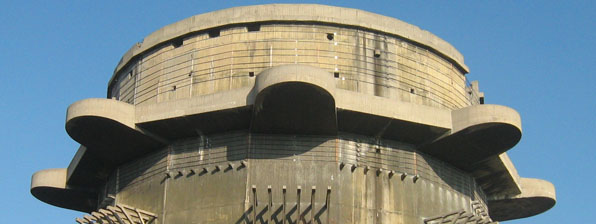







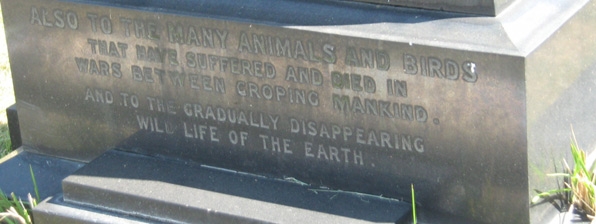



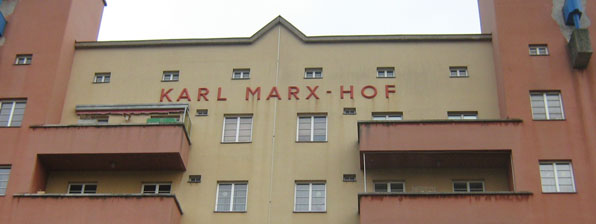



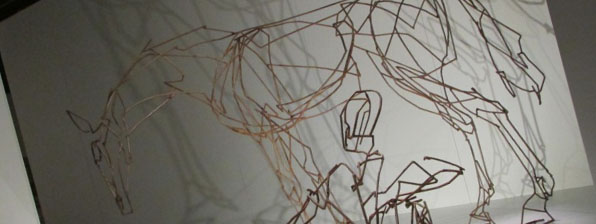



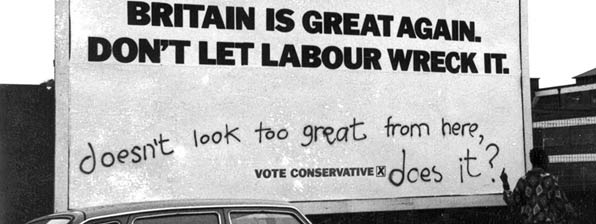













Interested in your views on re-enactment. It is covered in a chapter in my book.
I will send you a copy if you wish. Its all down to you and Raphael.
Hi Mel
As you will see from the new paperback of Public History and Heritage. People and their Pasts book I am interested in re-enactment – the book contains a good article on the issue by Meghan O’Brien Backhouse.I’d be interested in your book and will give you details offline about how to get in touch!